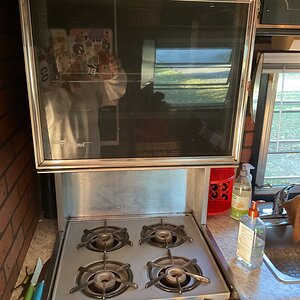ADR1RU
RVF Supporter
- Joined
- May 30, 2023
- Messages
- 43
- Location
- Southeast, TN
- RV Year
- 2023
- RV Make
- SUNLITE
- RV Model
- 16BH
- RV Length
- 16
- Chassis
- Single Axle
- Engine
- n/a
- TOW/TOAD
- 2019 Jeep Wrangler JLU
- Fulltimer
- No
From what little I can discern, one could burn their vehicle alternator up by switching over to Lithium batteries on their travel trailer. Another post (on a Facebook RV Group) mentioned something about it, but no details.@ADR1RU I am wondering what you were thinking when you read about the automobile alternator?
So I guess I’m wondering if you need a DC-DC Battery Charger if you convert over to Lithium in your TT, to keep from damaging your vehicle’s alternator?













